For years, the automotive seat has served as nothing more than an overstuffed chair with a few buttons on the side to supply some small level of comfort.
But with rising consumer expectations and auto-maker competition, the once lowly seat is now getting some much needed attention.
Interior styling, of which seating is the cornerstone, is the second most cited reason why a shopper won’t buy a car—beating out a vehicle’s dependability rating, according to J.D. Power’s 2016 U.S. Auto Avoider Study. The No. 1 reason remains exterior design.
“Consumers have become very aware of their surroundings,” says Brent Gruber, director of J.D. Power’s global automotive division. “Seating plays a large role in how auto makers can connect with consumers and create an interior space.”
Volvo Car Corp., in a move seldom seen in an industry where cutting costs is king, has made an enormous investment in its seats. The Swedish auto maker, owned by China’s Zhejiang Geely Holding Group Co., spent hundreds of millions of dollars and seven years redesigning, testing and upgrading its seats. The versatile and comfortable results, introduced in the XC90 sport-utility vehicle in late 2014, have others racing to catch up.
Smart seats for cars are revolutionizing the driving experience, and car seat covers play a pivotal role in this transformation. These innovative car seat covers are not just about aesthetics and protecting the seats; they are equipped with cutting-edge technology that enhances comfort, safety, and convenience for passengers and drivers alike. Embedded with sensors and smart materials, these covers can adjust their temperature, provide personalized lumbar support, and even monitor vital signs to ensure a stress-free and comfortable journey.
Cushion statement
The challenge for all is that seats have always been a way for auto makers to cut costs. Once developed, the same design and parts have traditionally been used for years across a variety of models. Auto companies now work with several companies to piece together seats that can still be standardized across many different models. Some also tried to take seat manufacturing in-house only to find it produced little or no savings.
It’s also an area where it’s difficult to try big improvements, since any changes in materials or design must be tested to ensure they meet stringent crash standards. Those standards regulate everything from height and width of the headrest to distance from the steering wheel. Industry insiders say it can take five to seven years to completely revamp a seat.
The seating industry, with revenue of $60 billion a year, revolves around five main players that build complete seats for automotive customers. The biggest is U.S.-based Johnson Controls Inc., followed by Lear Corp. , Canada-based Magna International Inc., France’s Faurecia SA and Toyota Boshoku Corp. of Japan.
Volvo began working with Johnson Controls in 2011 to design and develop such features as an extendible cushion for the legs and entertainment-screen access to seat-position controls. Johnson Controls then either formed its own components or bought them from other suppliers to build a complete seat. Production began in late 2014.
Range of features
Seat costs can run from as little as $200 for no-frills designs, found in entry-level or compact vehicles, to $3,000 for those found in high-end luxury vehicles. Besides their styling and use of more expensive materials, these seats also offer a variety of comfort settings and integrated technologies such as lane-departure warning systems that shake a corner of the seat, heating and cooling options, and, in some cases, a massage feature.
Steve Kiefer, purchasing chief for General Motors Co. , says customers are giving more thought to seats since they are spending more time in their vehicles. Americans, on average, drive about 46 minutes a day, says a recent report by the AAA Foundation for Traffic Safety and the Urban Institute.
While that is only two minutes a day more than in 2004, people are also spending more time in their cars once they reach their destination, Mr. Kiefer says. “I treat it like a mobile office. I am answering calls or sending emails,” he says. “So I think people are actually sitting longer in their cars, and that is something we need to consider in the future.”
Lear is trying to address those demands with its Intu seating. The seat acts much like a Dr. Scholl’s store kiosk that identifies different pressure point levels of the foot.
An occupant activates the system by entering some basic information, such as height and weight, and making a selection. In the dynamic setting, the seat automatically adjusts based on the movement of the driver throughout the entire trip. Lean forward and the lumbar expands to provide support. Put weight on the right leg and the cushion will inflate on the opposite side to again provide support. Lear’s ultimate goal is to have the system activate without the need to enter any information.
Drivers and passengers can also choose the physician-recommended position, which locks the seat in place.
Music of chairs
“Cars 20 years ago were all about horsepower, tire width or how fast you could go from zero to 60,” says Ray Scott, Lear’s president of seating. “Now it’s all about the driving experience, and seats are where the person is spending most of the time.”
Lear’s tech features would add $100 to $200 to the cost of the seat. Yet, that can be offset by removing old technologies such as the posture-control panel that customers seldom use today. That is an instant $20 to $50 savings.
The company says it has a contract to provide Intu seating to a premium auto maker, which company officials wouldn’t identify, starting in 2019. It is also working on two other possible buyers.
Lear has also developed technology that turns the seat into a biometrics scanner with the ability to monitor the occupant’s heart rate and display it on the center entertainment screen. This feature, developed in anticipation of a move to more autonomous driving, is currently available to auto makers, but so far none have adopted the option.
“If people will be less engaged in driving, what else are they doing?” asks Karl Henn, Lear’s engineering director. “How are they interacting with the vehicle and how are they sitting? With autonomous, it raises some new challenges.”
That might mean seats with more flexibility and support so the driver can turn and interact more with the passengers. There also may be a need to awaken drowsy drivers or alert them to put their hands on the wheel.
Not wanting to wait for technology to catch up to consumer demand, Tesla Motors Inc. has taken to marketing seats that appeal to conscience as well as comfort. The company is offering vegan-style seating in its Model X and the new Model 3 SUV due out next year. The option involves seats covered with synthetic leather.

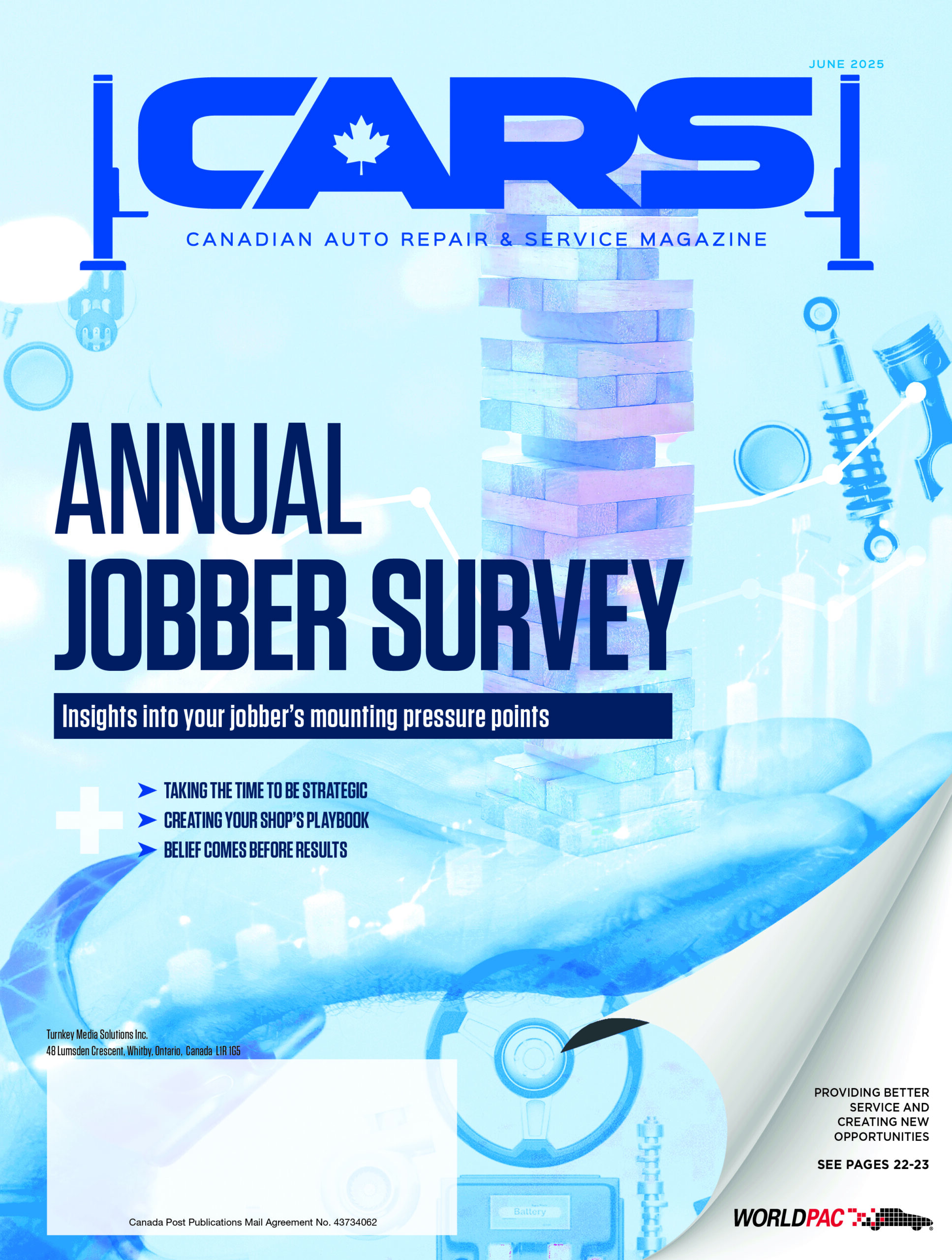

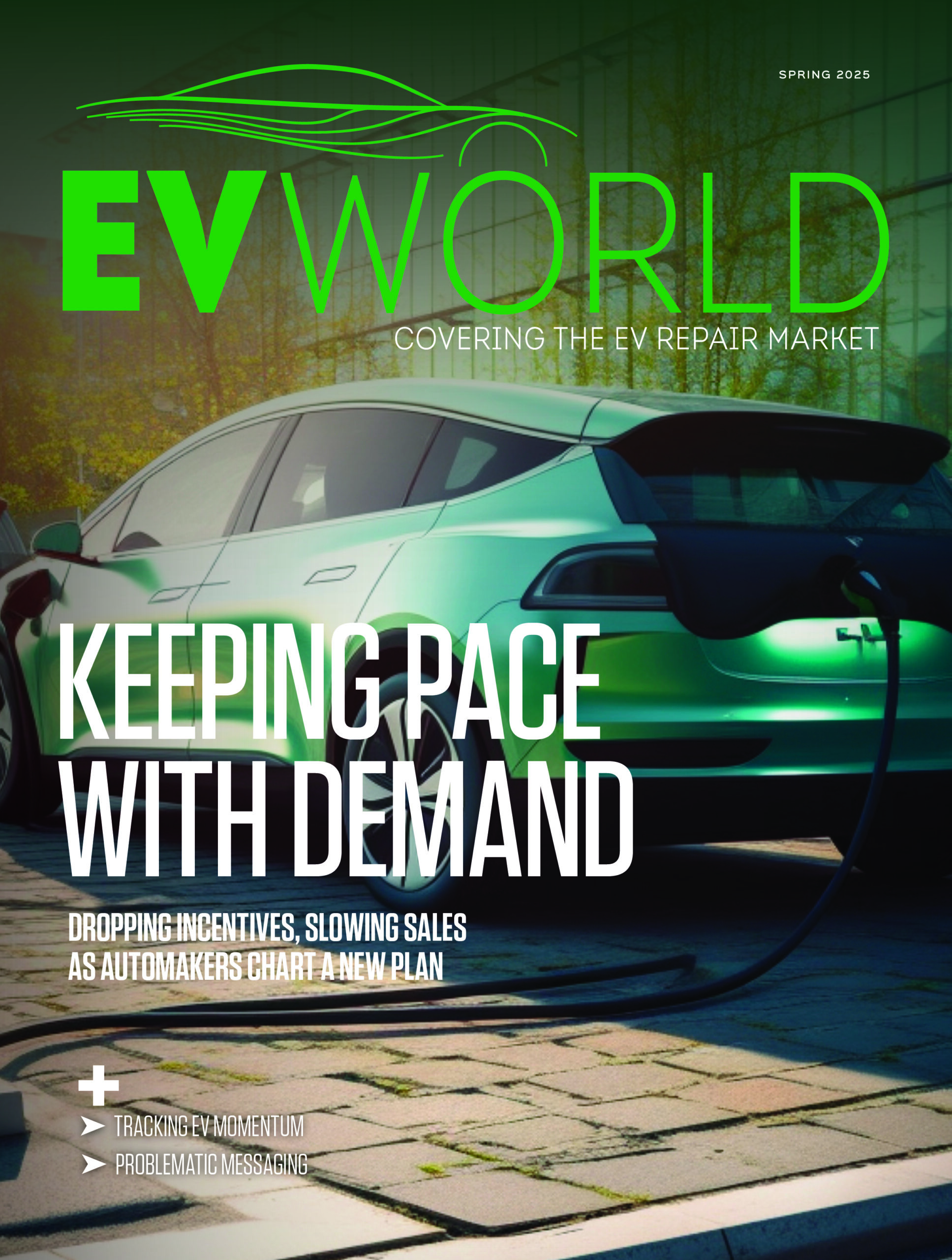


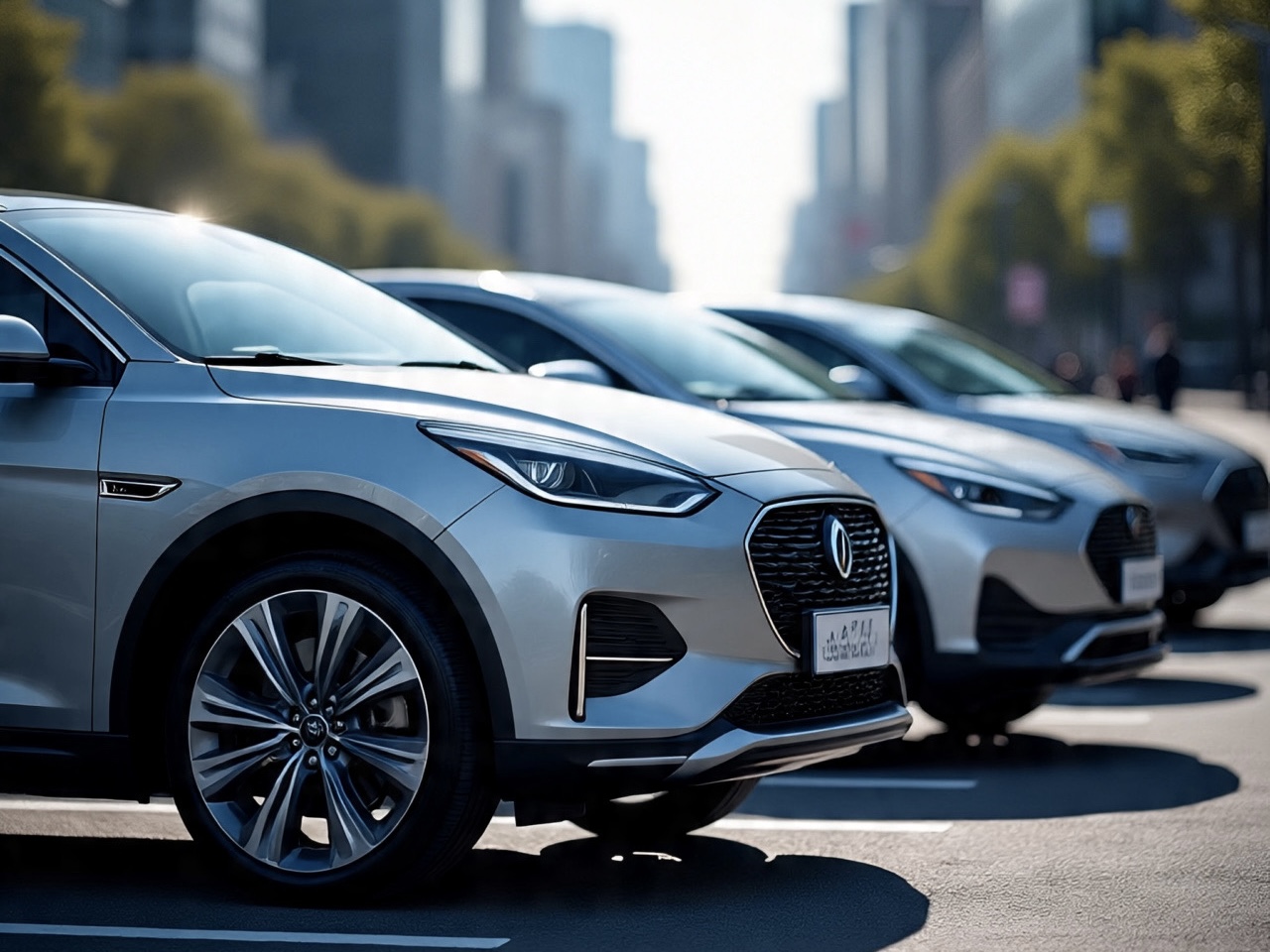
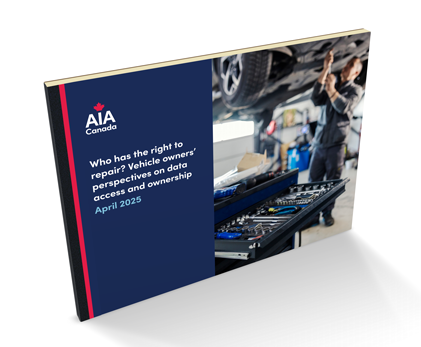



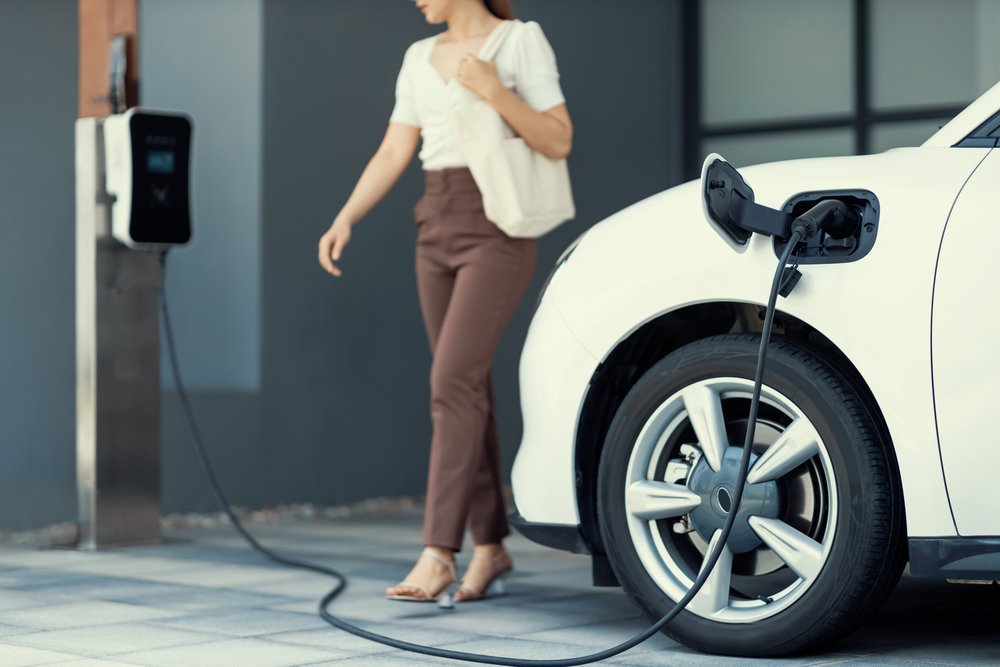

Leave a Reply